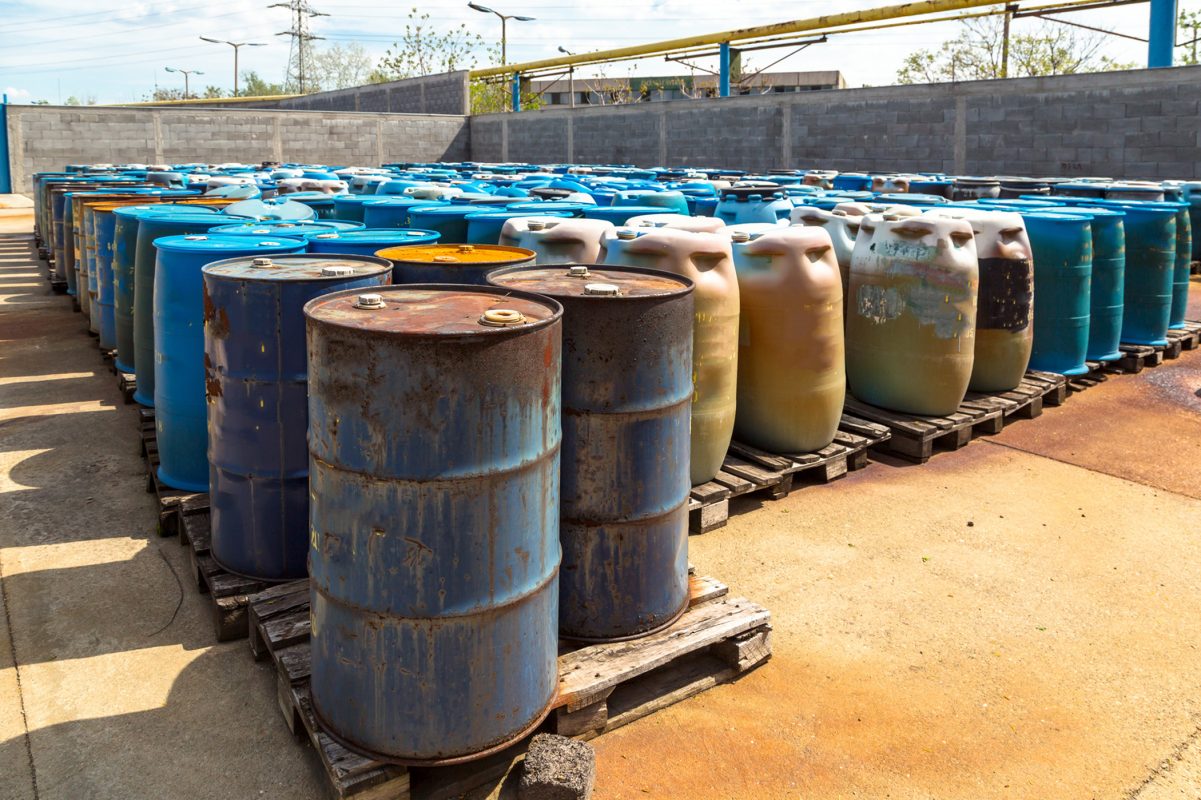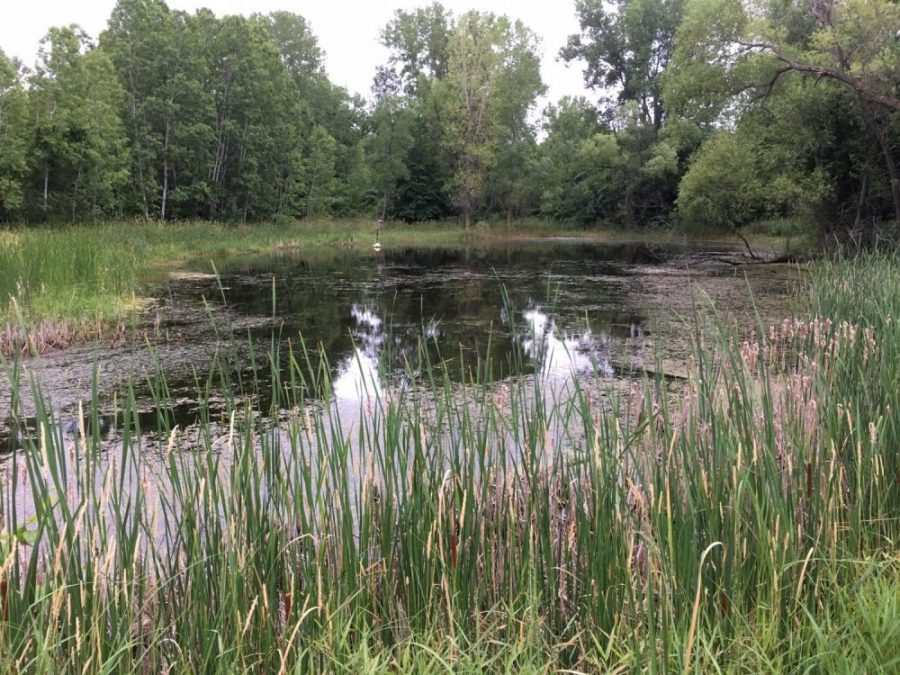Darrell Oman, a Technical Director and Senior Environmental Consultant from our Saint Paul, MN office, presented at the 56th ASHE Annual Conference and Technical Exhibition in Baltimore, MD on July 16, 2019. Darrell, who has more than thirty years of consulting and management experience in the Environmental, Health and Safety (EH&S) field, presented on topics related to healthcare hazardous waste management, including: Regulatory compliance requirements for healthcare facility waste streams and waste stream management programs,Review recent Federal and State changes to Hazardous Waste and Hazardous Pharmaceutical Waste regulations,Environmental compliance program management approaches in healthcare facilities. Darrell has extensive experience in...
Read MoreTag:Environmental Management
Tier II Reporting: What You Need to Know This Reporting Season

Tier II reports, i.e. Emergency and Hazardous Chemical Inventory forms, are forms businesses with hazardous chemicals need to submit each year. These reports help communities plan and respond to emergencies and help various state and local agencies understand the risks posed by materials in facilities. Failing to comply with Tier II requirements can be costly to your organization, which is why it’s important to carefully review your facility and determine if you need to submit a report. With the March 1st reporting deadline fast approaching, this post will cover what Tier II reporting is and how to determine if you...
Read MoreConstruction Stormwater Permits and Compliance: Why You Need a Stormwater Pollution Prevention Plan

What Are Construction Stormwater Permits? Construction stormwater permits are a set of regulations that aim to eliminate pollutants in stormwater runoff at construction sites. Federal stormwater regulations have been around since the 1970s and have continued to become more and more stringent with each reissuance of the Environmental Protection Agency’s (EPA) Construction Stormwater General Permit. These days, most states have their own set of regulations described in their construction stormwater permits which owners and operators must abide by. Additionally, most large municipalities have ordinances, and many watershed districts also have their own set of regulations. State and local requirements often...
Read MoreThe Importance of Timing a Wetland Delineation

A wetland delineation is a procedure that determines the location and extent of wetlands on a property. This is typically completed before a property can be developed due to state and federal laws that regulate fill or drainage of wetlands. The delineation evaluates and documents wetland indicators using soils, vegetation, and hydrology. The regulatory definition of a wetland pertains to sufficient soil saturation in the upper 12 inches of soil. This saturation affects soil properties as well as the types of plants that can grow, making the concept of the growing season inherent to the definition of a wetland. Poor...
Read MoreSpill Response Preparation and Implementation

“Houston, we’ve got a problem.” If your company is one of the many thousands that handles hazardous or dangerous materials, whether in solid or liquid form, those words are one of the last things you want to hear, especially if it means that you had a spill at one of your company’s facilities. But spills do happen and your level of preparedness, training, and response during the first few minutes or hours after a release occurs will have a huge effect on the eventual outcome, including: The overall magnitude of the impacts The cleanup costs The public’s perception of your...
Read More